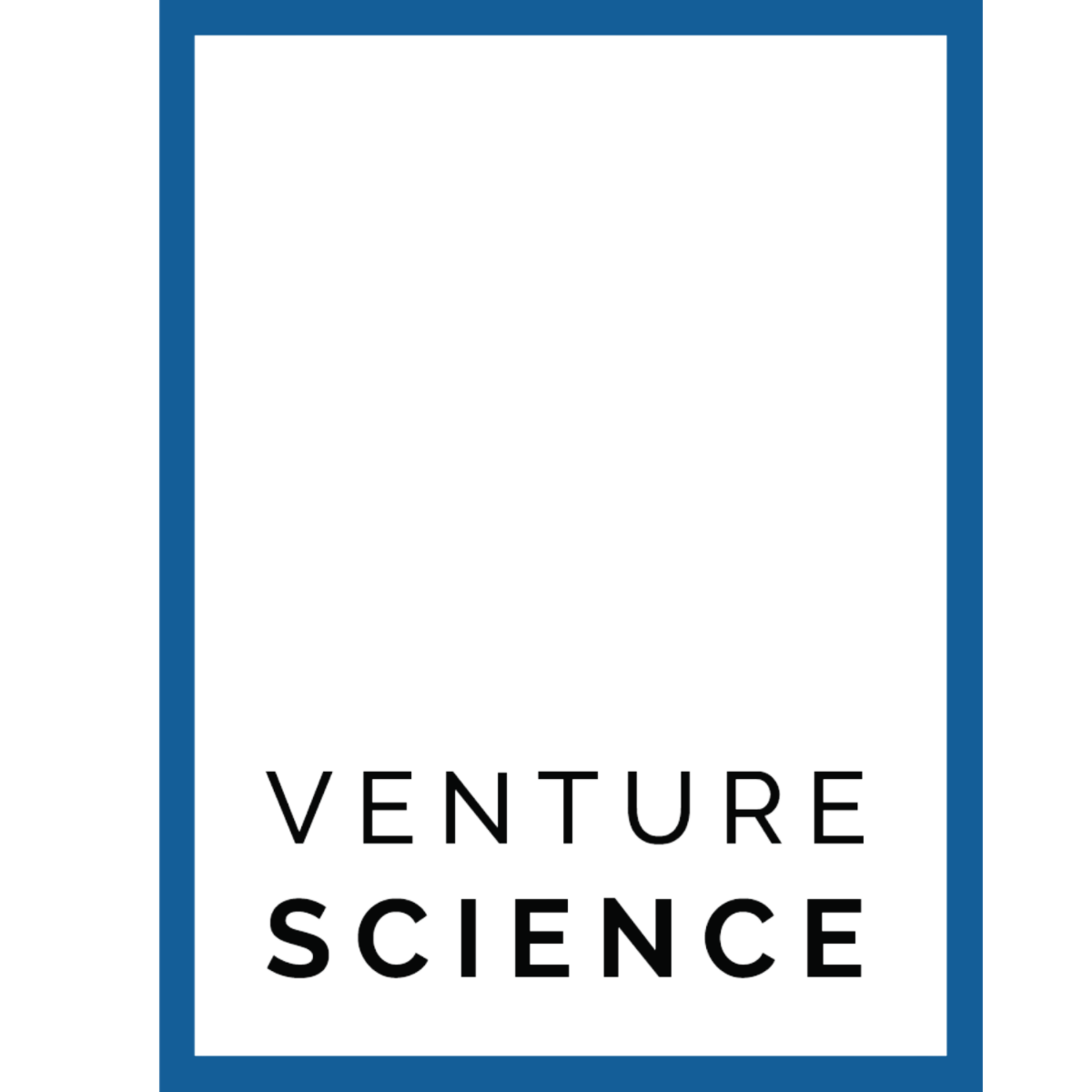Artificial intelligence has advanced tremendously over the past decade, but few developments have captured attention like the recent emergence of generative AI. Powered by neural networks called foundation models that can process massive amounts of data, generative AI tools like ChatGPT and DALL-E 2 can generate new content including text, images, audio and more.
Whereas AI was once confined to optimizing behind-the-scenes business processes, generative AI’s versatile natural language capabilities allow it to take on a sweeping range of knowledge work activities. This promises major gains in productivity and efficiency, but also disruption across industries and occupations. Understanding generative AI’s potential business benefits and workforce impacts is crucial for companies and policymakers alike.
Accelerating Business Transformation McKinsey research reveals generative AI’s astounding economic potential. Across over 60 use cases, it could add $2.6-$4.4 trillion in annual value globally - equal to 15-40% above estimates for other AI technologies.
This enormous productivity boost would come from just a handful of business functions. About 75% of generative AI’s value falls into four areas: customer operations, marketing and sales, software engineering, and R&D. Underpinning this concentration is generative AI’s versatility with natural language, allowing it to communicate, generate content and even write code.
All industry sectors stand to gain from generative AI, but those relying heavily on knowledge work are poised for the biggest impacts. Sectors like banking, tech and pharmaceuticals could see revenue gains of 5% or more if use cases are fully realized. In banking alone, McKinsey estimates a $200-$340 billion annual boost. Consumer-facing industries like retail may also see over 1% revenue growth, adding up to $400-$600 billion per year.
Workforce Upheaval on the Horizon While promising immense economic benefits, generative AI’s natural language prowess also expands the share of work activities susceptible to automation from roughly half to 60-70%, pulling forward timelines for workforce disruption.
McKinsey estimates that with generative AI incorporated, half of current work activities could be automated by 2030 to 2060, with a midpoint estimate of 2045. That’s nearly a decade faster than prior expectations. Further, automation’s impact looks set to shift from middle-income roles toward higher-wage, white-collar knowledge workers who were previously safer.
This looming workforce transformation will require major changes in labor policies and corporate strategies. Reskilling and professional development will be crucial to help workers transition to new responsibilities and occupations. But done right, McKinsey finds automation including generative AI could add 0.2-3.3% per year to global productivity growth through 2040, sustaining economic expansion while employment growth slows.
Harnessing Generative AI Responsibly With powerful generative AI adoption accelerating, responsible development is critical. With limited guardrails so far, stakeholders highlight ethical risks like biased or inaccurate outputs, plagiarism and intellectual property violations. Addressing these responsibly will be vital for generative AI to gain trust.
Indeed, McKinsey finds less than half of businesses adopting generative AI have taken steps to mitigate risks, the most commonly cited of which is inaccuracy. More rigorous monitoring, oversight and testing will be needed to ensure generative AI not only drives productivity but also aligns with societal values.
Similarly, workers will require support to navigate occupations transformed by generative AI, through strengthened social safety nets, adult education programs and vocational training. A human-centric approach can help generative AI augment work rather than fully replace jobs at scale.
The Bottom Line The dawn of generative AI promises enormous economic potential thanks to versatile natural language capabilities allowing automation of a sweeping range of knowledge work tasks. But businesses and policymakers must act quickly to implement responsible governance while skillfully managing workforce transitions.
With thoughtful leadership, generative AI could boost prosperity and productivity for years to come. But without farsighted strategies for mitigating risks, its benefits may never fully materialize. The decisions we make today will determine whether generative AI becomes a transformative asset or a source of turbulence. The time to shape our collective response starts now.

